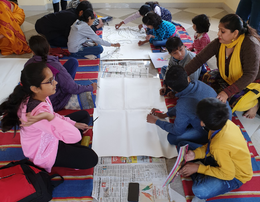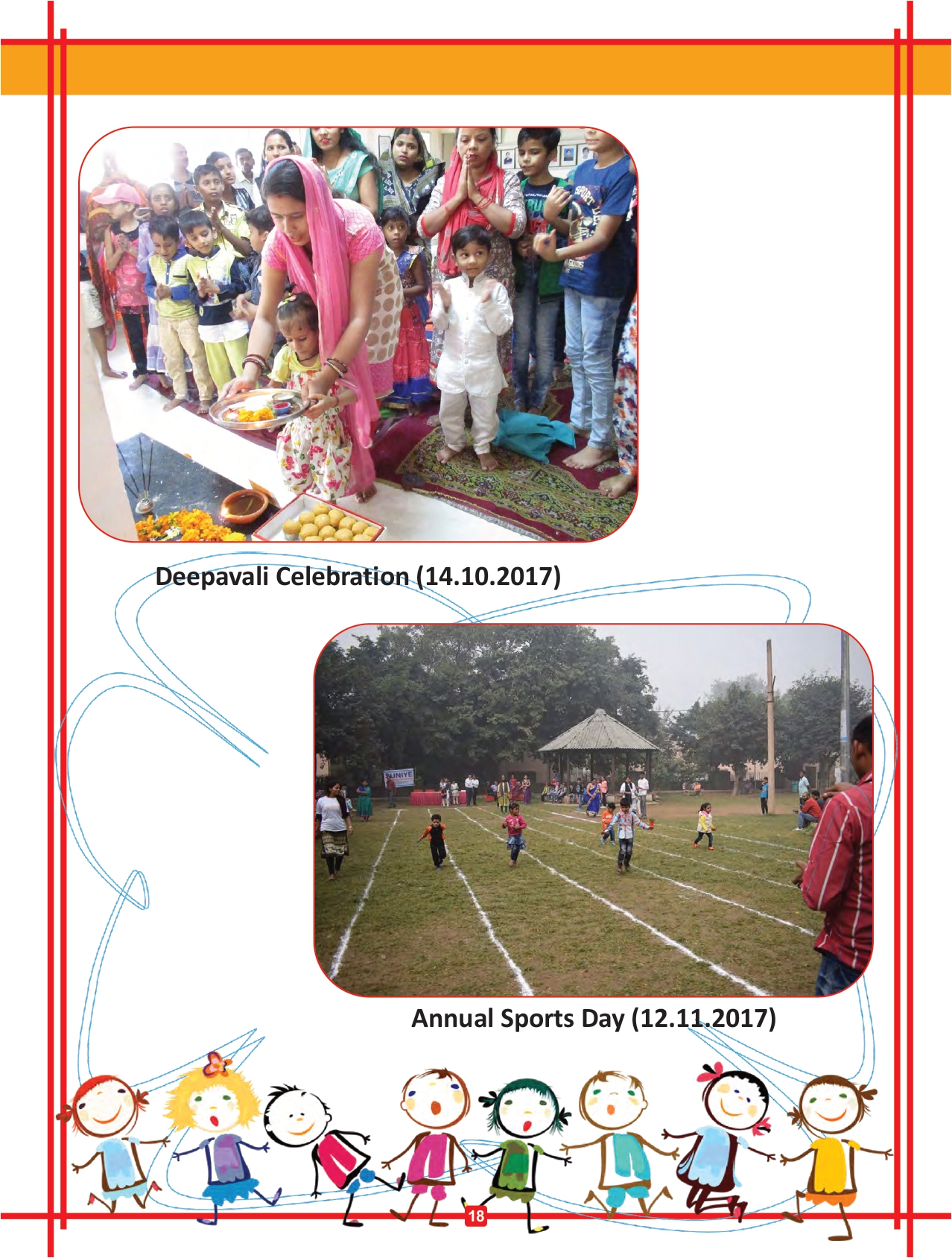Teaching Techniques for Hearing Impaired Students

Education for students is an investment in the future. Almost every country in the world has the greatest responsibility to achieve the highest level of literacy among its people. Although each child is unique, students with special needs require a little more care and consideration than normal students.
This article focuses only on improving teaching methods for hearing-impaired students. According to one study, 3 percent of college students suffer from deafness. Hearing loss can be a major obstacle for students as it impedes academic development and easy learning abilities. Classroom instruction for hearing-impaired students, along with teachers who are proficient in sign language, requires some modifications to ensure smooth student learning. In a lively discussion about finding better educational strategies that are equally useful to teachers and parents of hearing-impaired students, here are some points:
1. Clear Pronunciation:
With the exception of sign language, hearing-impaired students rely primarily on sign language lip-sync and they do understand it when someone is being mentioned by the person. Incorrect pronunciation can confuse students and interfere with communication with teachers.
2. Minimize background noise:
It is always advisable to reduce the sources of background noise in the classroom, especially if students are wearing hearing aids. Hearing aids do not filter particular sounds. Rather, they only amplify any sound available on the place. Therefore, using a hearing aid with a large background noise does not help students with hearing loss.
3 Use visual aids in the teaching:
These are beneficial to all students, including those without hearing loss. Writing down sentences and using photos, videos and slideshows not only help hearing-impaired students to the fullest, but also make the session interesting to them.
4. Make the most of available technology:
Technology is evolving very rapidly and many teachers are applying the latest and innovative technologies to improve their teaching methods. Designed specifically for hearing-impaired students, the classroom is equipped with an interactive whiteboard (IWB) and SR system to convey knowledge deeper.
5. Recording Sessions:
Besides saving them for future student endorsements, recording or taping specific sessions can help many students around the world. You can upload to a variety of websites dedicated to hearing-impaired students, and most students will benefit from it.
Suniye is an educational NGO in Delhi, provides educational programs for hearing impaired students and guarantees all children from preschool to third class will certainly have the ability to go to college, play, engage, and discover new things with other kids of their age. We teach speech & language therapy to hearing impaired children. We have taught over 1,000+ hearing impaired students over the last 25 years.

